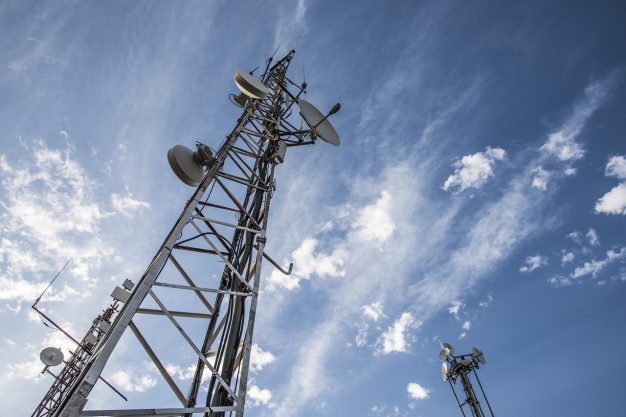
Tools for Towers, Top to Bottom
15th March, 2024
Communication infrastructure is constantly changing, and technicians need their tools to keep pace. From the growth of small cell sites, increasing use of hybrid (copper-fiber)
As an installer, your tools are crucial.
Without the right tools, it’s usually impossible to get the job done – let alone get it done right.
Nowhere is this more obvious than when testing fiber networks. This complex and delicate technology means installers not only need to possess an incredible amount of practical and theoretical knowledge, but also have the right tools to put that knowledge into action.
Whether it’s power meters or identifying optical light sources, if you haven’t got the right toolkit, you can’t do the job.
Why Do Fiber Cables Need to be Tested?
Fiber cables must be tested when they are first deployed, and require regular maintenance due to industry standards and warranty requirements – but there’s more to it than that.
With an ever-increasing demand for bandwidth, and with speeds reaching record levels, fiber networks have increased in size and complexity. New technologies such as Dense Wavelength Division Multiplexing have created faster connections but led to more cable segments and loss locations, meaning there are more areas than ever where failure may occur.
Despite advances in technology and contamination protocols, fiber optic cables remain highly sensitive to contamination from dirt and dust, bending, and light damage. Regular testing allows issues to be identified before they can cause trouble.
Finally, in an always-online world, crucial functions such as banking, health, and finance rely on an effective network to function. Millions of citizens around the world utilize fiber optic networks every day to speak to loved ones, do their jobs, and socialize. It’s vital that these networks can continue to handle the load.
Tools for Fiber Optic Testing
To ensure you can carry out the right tests without damaging the sensitive fiber cables themselves, you need the right tools.
If you’re beginning a new fiber project, or are looking to move into the industry, there are a few basic tools you should invest in to ensure you can do the job right.
Inspection Microscope
Dirty fiber optic endfaces is the biggest cause of issues in singlemode and multimode fiber optic systems. Inspection microscopes are a simple, effective way to identify faults and overcome this.
As the name implies, inspection microscopes magnify the image of the optical fiber connector, usually around 100x, 200x, or 400x, allowing the technician to inspect the endface for faults. These are often used in conjunction with display screens for easier examination. Some models, like our VIS 300C system, include a screen as standard.
Optical Power Meter
Optical Power Meters, or OPMs, can be used to measure the power of an optical signal. You might also hear them called radiometers, photometers, laser power meters, light meters or lux meters.
Optical power meters usually consist of a calibrated sensor, measuring amplifier, and connected display. The sensor, usually a photodiode, detects light at the required wavelength and power level and displays it, allowing the engineer to identify power faults.
At Ripley, we offer a range of handheld optical power meters to suit every job and budget.
Visual Fault Locator
Fiber optic networks rely on the right light connections being made to function properly. As they utilize infrared (IR) light, which is beyond the range of the human eye, you can’t see when connections aren’t being made.
Visual Fault Identifiers/Locators (VFI/VFL) overcome this by using a visible light source – either an LED or laser diode – to shoot light on the visible spectrum into the fiber, highlighting any potential problems and allowing the engineer to fix the fault.
VFLs are crucial for identifying bends, breaks, and fault connectors. They often look like flashlights or pens with a small LED or laser light at one end, just like our FO-VFL series model.
The Basics
The tools listed above are the very basic tools you’ll need to carry out fiber optic testing.
There’s a range of tools available to make testing fiber optic cables easier and more efficient. Depending on your budget, investing in additional tools can simplify your job, increase your working speed, and allow you to get more done with less effort.
To learn more about fiber optic testing, click here, or visit our shop page to view the full range of fiber tools available from Ripley Tools.